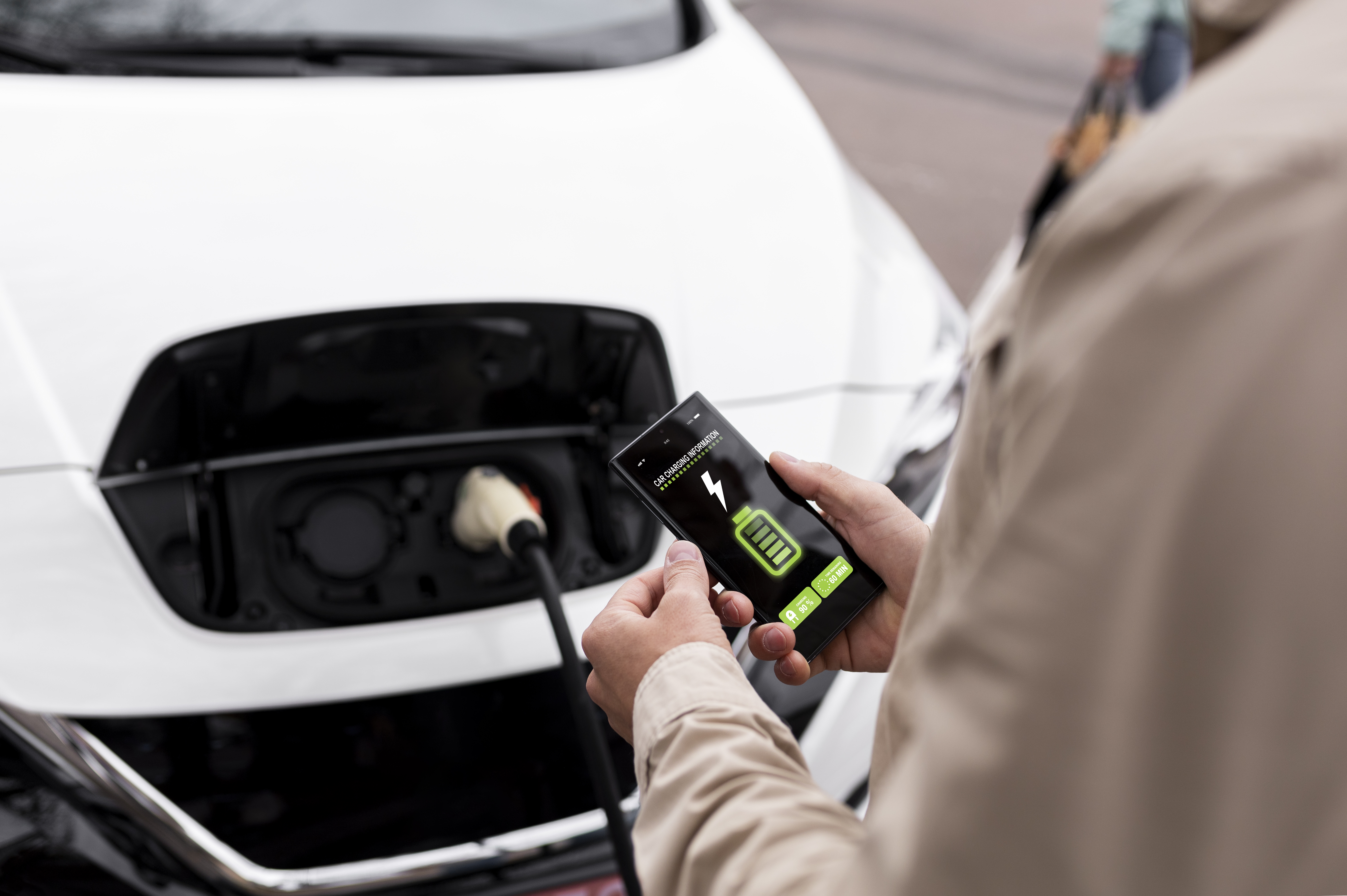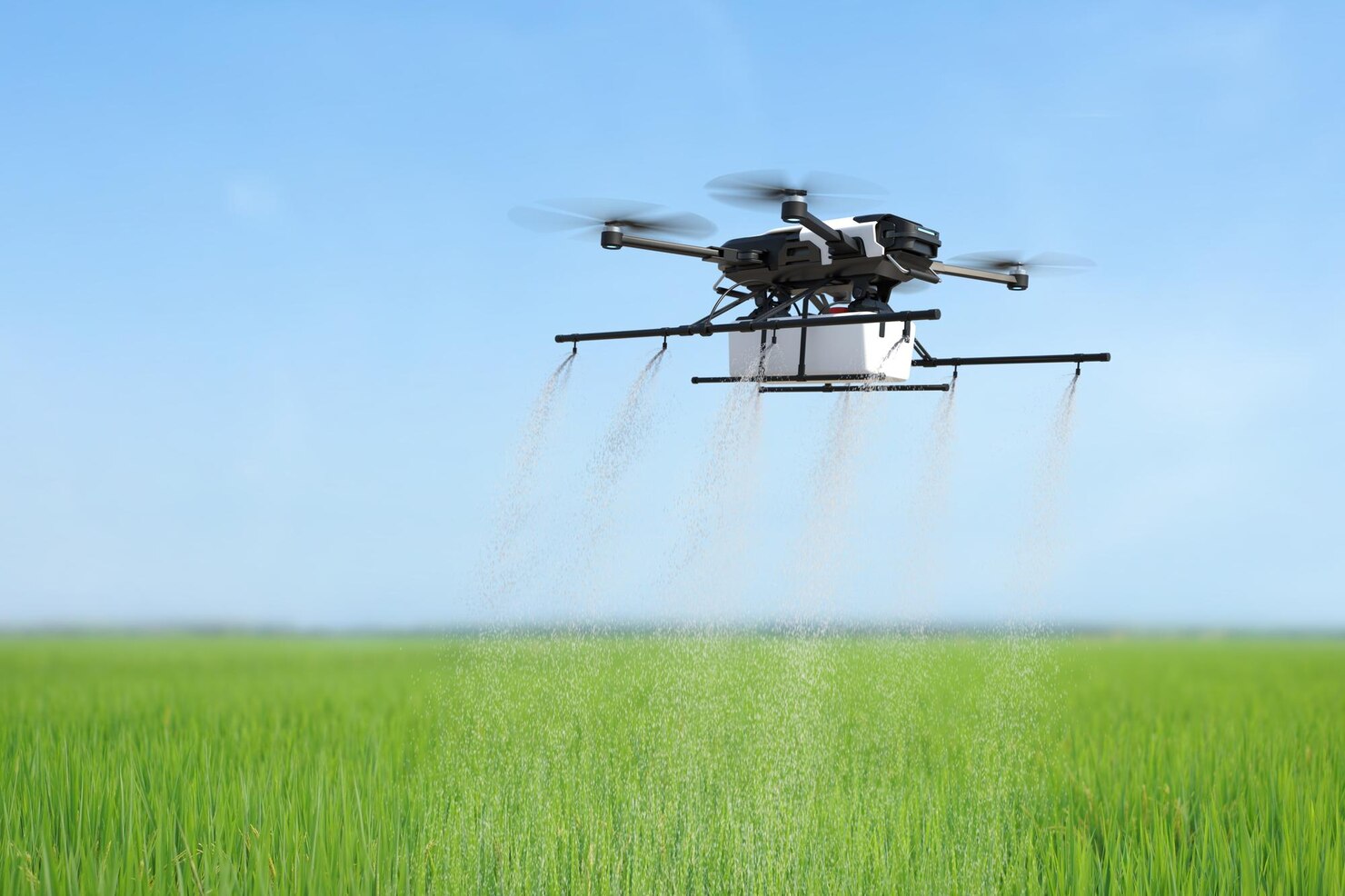From Deepfake To Virtual Try-On, Here's How These Innovations Are Changing The Way We Live
Along with the advancements, these technologies also raise their own sets of concerns.
Technology is moving at a blazing pace — many innovations are offering solutions not just for the distant future, but also the present
In fact, tech innovations are continuously reshaping the way we live, work, and interact. From the way we shop to how we consume media, these cutting-edge technologies are already enhancing our everyday lives in unprecedented ways.
However, these technological advancements also raise their own sets of concerns.
1. Smoke-free solutions, or harm reduction alternatives
Conventional cigarettes release over 7,000 chemicals through their smoke when burned, including toxic substances such as acetone, tar, cadmium, lead, and carbon monoxide. Among these, 70 chemicals found in cigarette smoke are known carcinogens (Cancer Research UK, 2023), contributing to smoking-related diseases like lung cancer, cardiovascular disease, and emphysema.
In an effort to reduce the prevalence and risks that come with smoking, various smoke-free alternatives have cropped up, with one being heated tobacco products.
Heated tobacco products are emerging as a harm reduction alternative to conventional cigarettes. Unlike conventional cigarettes that burn tobacco, these products heat tobacco sticks using advanced heating technology. This heating process produces an aerosol rather than smoke. Some studies indicate that this method significantly reduces harmful chemical emissions by 90% to 95% compared to conventional cigarette smoke.
While complete cessation of tobacco use remains optimal for health, heated tobacco products and other smoke-free alternatives purportedly present a less hazardous option compared to conventional cigarettes.
Concerns: While these products are touted as less harmful than traditional cigarettes and do not generate second-hand smoke, they are not without risks.
2. Edge computing for electric vehicles (EVs)
Edge computing is a technology that processes data close to where it is generated. Instead of sending it to a data centre or the cloud, the processing happens on the spot.
Take EVs, for instance. One of the most essential things about an EV is battery monitoring. Battery conditions are affected by many factors, such as driving style, traffic congestion, and speed limits. With integrated edge computing, all this data can be analysed in real-time.
This allows an EV owner to know exactly how much further the car can be driven before it needs a charge, while notifying them if there are any deviations.
Concerns: While EV companies use edge computing to manage and optimise the performance of batteries, it requires a significant investment in technology infrastructure. Due to its complexity, widespread implementation of edge computing may take some time.
3. Virtual try-on
Lazy to queue up for the fitting room? With virtual try-on, you can literally see how a piece of clothing will look on you, without actually trying it on.
And it's not limited to clothes. With augmented reality (AR), shoppers can now make use of virtual try-on experiences across fashion, beauty, eyewear, and even home decor. This could range from trying out different shades of eyeshadow while on your smartphone's selfie mode, to visualising how different pieces of furniture fit into your home.
The best part about virtual try-on is that it can work both online and in-store, adding another dimension to the overall shopping experience.
Concerns: Virtual try-on requires a good quality camera and compatible device. With the current technology, it may not always provide an accurate representation. Nevertheless, advancements in AR should address these areas in the near future.
4. Precision agriculture
One way that technology is changing the way farmers work is through precision agriculture. Essentially, it utilises technologies like GPS, Internet of Things (IoT) sensors, and data analytics to monitor soil and crop health.
Thanks to the wealth of data, precision agriculture can help farmers make intelligent decisions about when, where, and how much to plant, water, or fertilise their crops. Not only does precision agriculture increase productivity, it also optimises yield and minimises waste.
How does precision agriculture look like in real life? Picture drones flying across a paddy field to spray fertiliser, or automated watering systems that reduce the need for manual labour.
Concerns: As with most new technology, precision agriculture requires a high initial cost and technical knowledge for effective use, which may not be attainable for all farmers.
5. Synthetic media, a.k.a. deepfakes
At a glance, can you tell these two individuals apart?
If you've been on social media, chances are you've come across content completely generated by artificial intelligence (AI) — this is called synthetic media. There are various use cases of it, including virtual influencers and automated video content. But the one thing you're probably most familiar with is deepfakes.
Deepfake technology uses AI to create hyper-realistic fake videos and images, and is revolutionising various industries. In entertainment, it can be used to bring back deceased actors on the screen or to de-age current actors. The technology can also be used in marketing and social campaigns, allowing a single talent to speak in multiple languages using text-to-speech models.
Concerns: With this technology, netizens need to be more cautious when consuming online media. Deepfakes can lead to misinformation and fake news, while also raising ethical concerns about privacy and consent.




